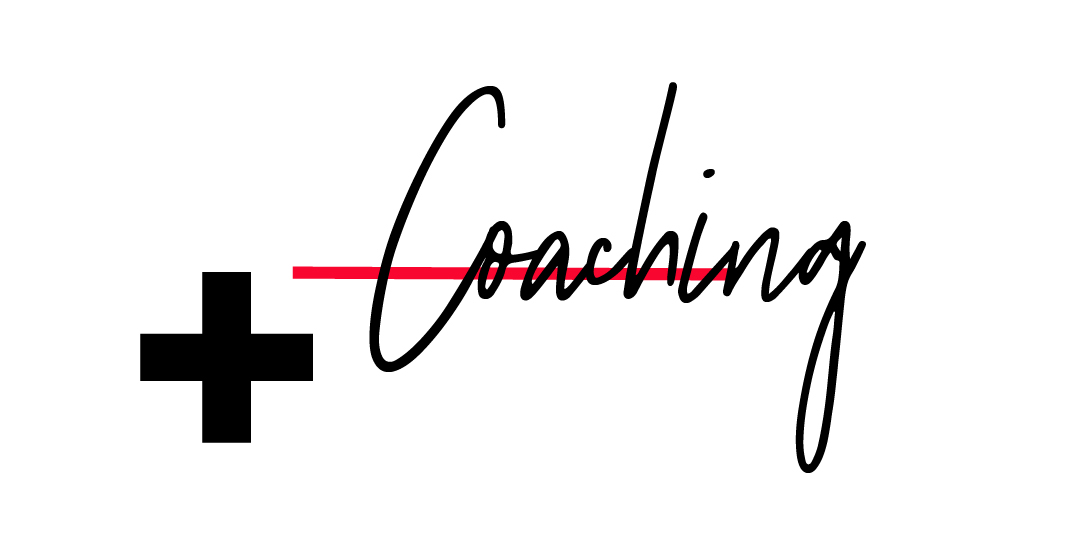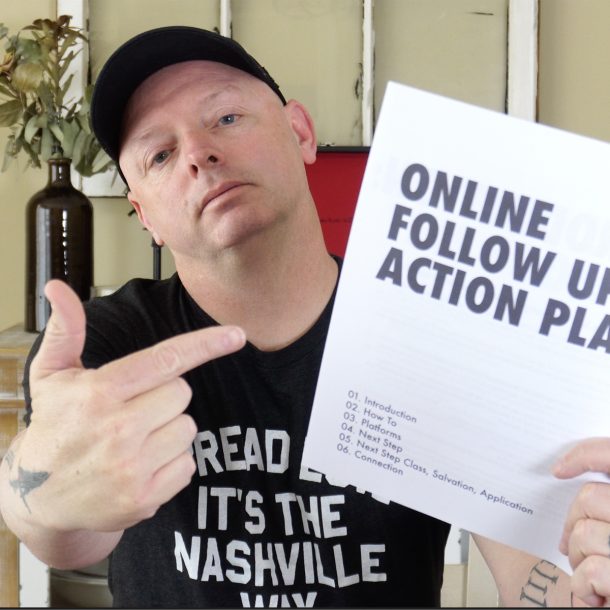The impact that Walt Disney has had on our world is unmatched. His ability to dream, innovate, and execute still leaves us amazed. Compartmentalizing his creative process was one of the tricks Walt Disney used to create greatness. The three steps in the Disney Creative Process are “the dreamer”, “the realist”, and “the spoiler”.
Stage 1 – The Dreamer
This stage is filter free. It was created for fantasizing and dreaming. All of the ridiculous, fantastic, absurd and hair brained ideas live in this space. This is the fun stage. This is where ideas roam free and we say “why not” rather than “no way”.
For us, we invite a very diverse group into this stage. We want anyone who might have an idea and even some folks who don’t know if they have ideas to be a part. Since nothing is out of bounds in this stage, we encourage crazy talk. We build environments that support absurdity and we encourage people to get out of their heads and work. The dreamer stage is for dreaming, not acting.
Stage 2 – The Realist
This is where edits take place. During stage 2, dreams become practical. This is the stage to find out how we can make these dreams reality.
Here, we have a much smaller group – limited to 2-4 people. This is where we edit, refine, and morph ideas into something that can be exercised. Some bad ideas find legs in this meeting and some good ideas get catalogued for later. This is also where we adapt the Disney model. We hope to come out of this stage with one over-arching idea; one executable plan we can pitch in order to move forward.
Stage 3 – The Critic
In the Disney model, this is where holes are punched in the winning ideas. The ideas that made it past this stage became the ideas that Disney would turn into reality.
For us, this is where we go to Pete or our communicator and make sure that what we have crafted can connect with what God is giving them to communicate. Pete is far from a critic – and we have adapted the process – but for us, art makes no sense if it doesn’t connect with Pete first, our team second, then our community. If the idea we came out of stage 2 with doesn’t work in stage 3, we revert back to stage 2 and find another idea that may work. There’s usually a very small, select group of people in this meeting.
Walt Disney intentionally compartmentalized his process so that reality would not crush dreams. At the same time, he knew that there would need to be time for reality and even more time for examining and dissecting good ideas so they could become great.
Disney also created spaces for ideation. Each stage had it’s own room that was created for the intended stage.
Different Rooms for Different Stages
There is additional information that Walt went further, moving from one room to another as he shifted thinking. Using spaces specifically for each stage. This is where the 3-door principal got its name. Behind each door was a room that would produce a direct and intentional response.
For us, stage 1 almost always takes place off-site. We try to find a location that fits the theme of our series. For instance, we did a series that ended up being titled “Unseen”. It was about spiritual warfare. So we held our stage 1 creative meeting in a cemetery. Stage 2 usually happens in an office with a whiteboard and stage 3 in a completely different office.
The intention is to make sure that each stage of the creative process has its own space to exist. Each stage keeps individuals in one intentional state of mind for each time.
Of course, each stage has some unique things that help make it work. We put on our Disney Villain mask and stole this idea in an effort to make our creative process work.
What is your creative process? How do you come up with your best ideas?





Stephen, that was too good. Enjoyed the first stage being an external place for creativity. Great stuff!
My process is dream, estimate, create.
We call it Storyboarding and have been using it for years. It is by far the best way to create. A vital part of my creative process. It will always be the method I use. It works. It works. It works!!
Ours is very similar. We ripped it from Fellowship Creative. It’s called the 4D process: Dream, Define, Design, Develop. We too include storyboarding. It’s in the Design stage.
One question for you Stephen: When you said, “We build environments that support absurdity”, are you referring to having your first step done in a themed environment? If not, can you elaborate on this?
PS, thanks for blogging on your creative process 🙂
Love this. Simple & easy to remember. The extra mile is taking each process into the different rooms, brilliant.
Great process. Start to finish. Definitely can see the need for bringing all sorts of personalities and team players into it.